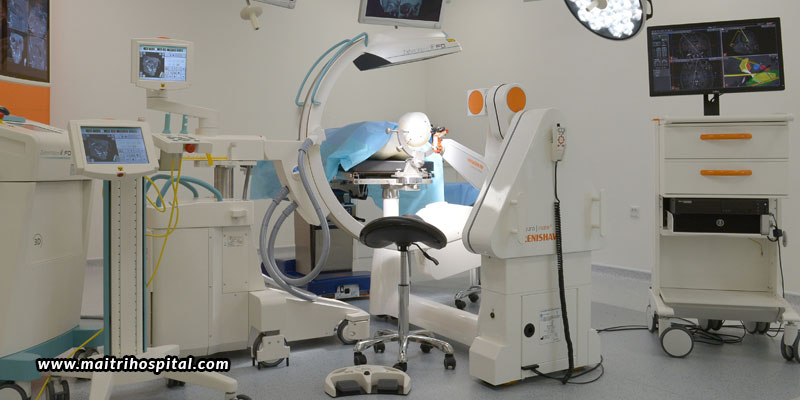With advancements made in every field, everything is becoming automated. This is the reason modern-day stereotactic techniques have evolved to tackle the neurosurgical challenges faced. Such techniques have been made in coordination with sophisticated technological developments and engineering innovations like automated robotic platforms, which help in accurately and responsibly accessing specific brain targets. Such robotic systems offer a unique combination of cleverness, durability, steadfastness, and precision.
What is the main purpose behind robotic platforms?
The main purpose behind creating such robotic platforms is to perform a systematic review of robotic integration for cranial stereotactic guidance in neurosurgery. It helps to analyze the strengths and weaknesses of a range of robotic technologies, both past and present, including the details that pertain to each system’s kinetic specifications, and targeting accuracy profiles.
How can the goals be met?
With the above mentioned objectives, only a robotic system is what can help. This has been clearly proven through an experiment conducted, in which eligible articles on human clinical applications of cranial robotic-guided stereotactic systems were extracted between 1985 and 2017, from several databases. The focus was mainly on stereotactic biopsy procedures, stereoelectroencephalography, and deep brain stimulation electrode insertion.
What was resulted from the experiment?
Cranial robotic stereotactic systems feature serial or parallel architectures with 4-7 degrees of freedom, and frame-based or frameless registration. With all these features, robotic systems can provide assistance in various fields of stereotactic biopsy, deep brain stimulation and stereoelectroencephalography electrode placement, ventriculostomy, and ablation procedures. Amazing benefits can be achieved with all of this like increased accuracy, improved safety, reduced operating times, and intra-operative imaging ability. Also, the complication rate with such systems is low.
What can be concluded from all of the above?
Obviously, with advanced technologies, the future is always better, faster, and efficient. Thus, the emerging future, pertaining to the integration of robotic technologies into neurosurgical procedures, is going to be very efficient and beneficial. The future will see a trend of emerging cost-effectiveness, miniaturization, increased safety, and utmost precision, which will thus result in successful outcomes.
While stereotactic robotic technologies are helpful for neurosurgeons, what is helpful to us patients are the neurosurgeons themselves. Thus, we can indirectly benefit a lot from such robotic technologies. However, in spite of all of this, in case of any neurological need, we will have to only approach a neurosurgeon. Maitri Hospital is one place where you can get the best neurosurgeons who help attend all kinds of trauma cases 24×7. The team of neurology includes three neurosurgeons, three orthopaedic surgeons, one plastic surgeon, one urologist, two radiologists, one general surgeon, and three gynaecologists. With such an amazing team, every patient is attended to at the earliest, and treated with great precaution. Thus, for any kind of brain tumours, spinal tumours, prolapsed intervertebral discs, or any neurological emergencies, you can walk in to have the most successful neurosurgery in Kota. Immediate and proper care is ensured for every patient walking in, or rushed into the premises.





